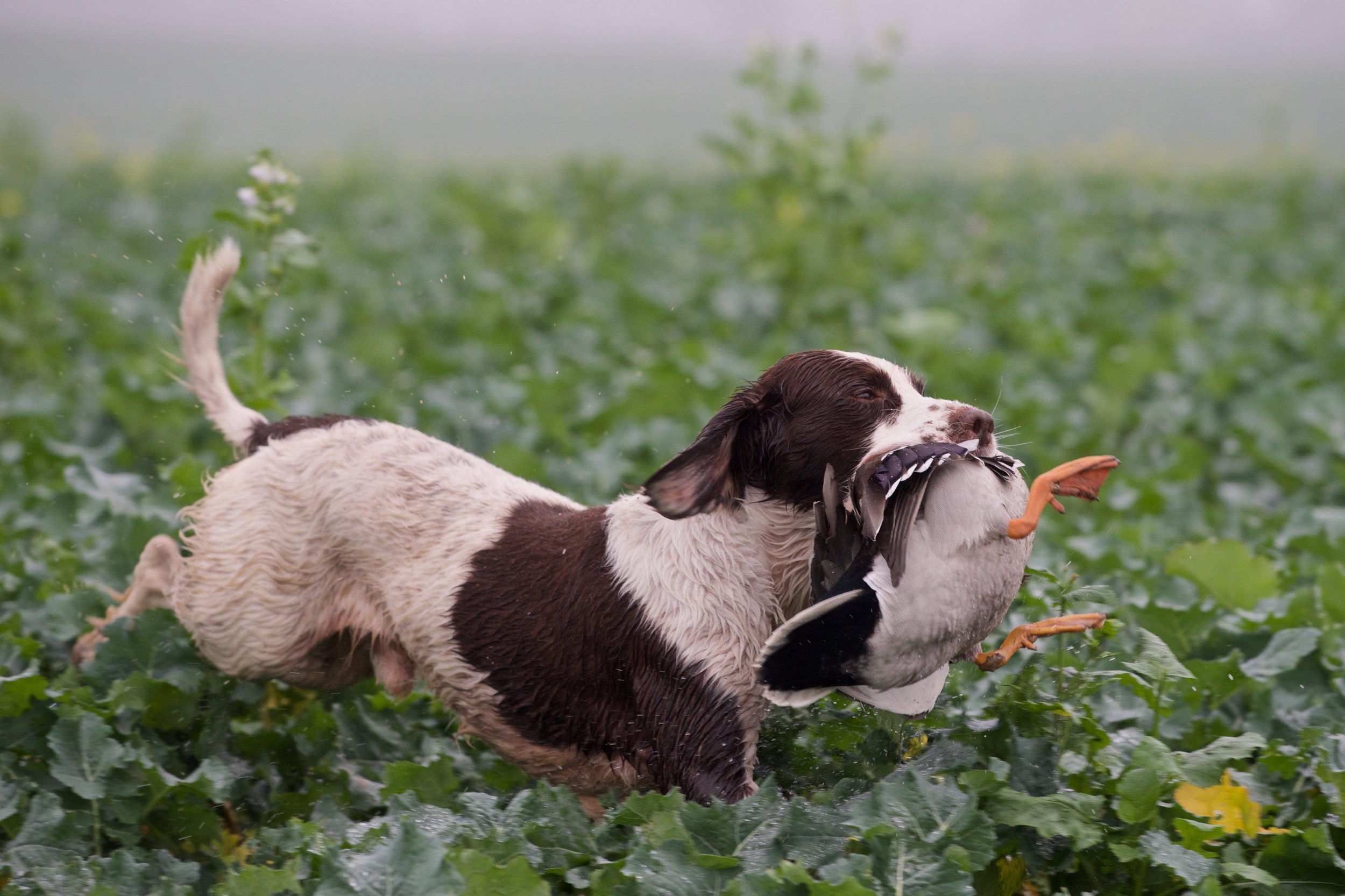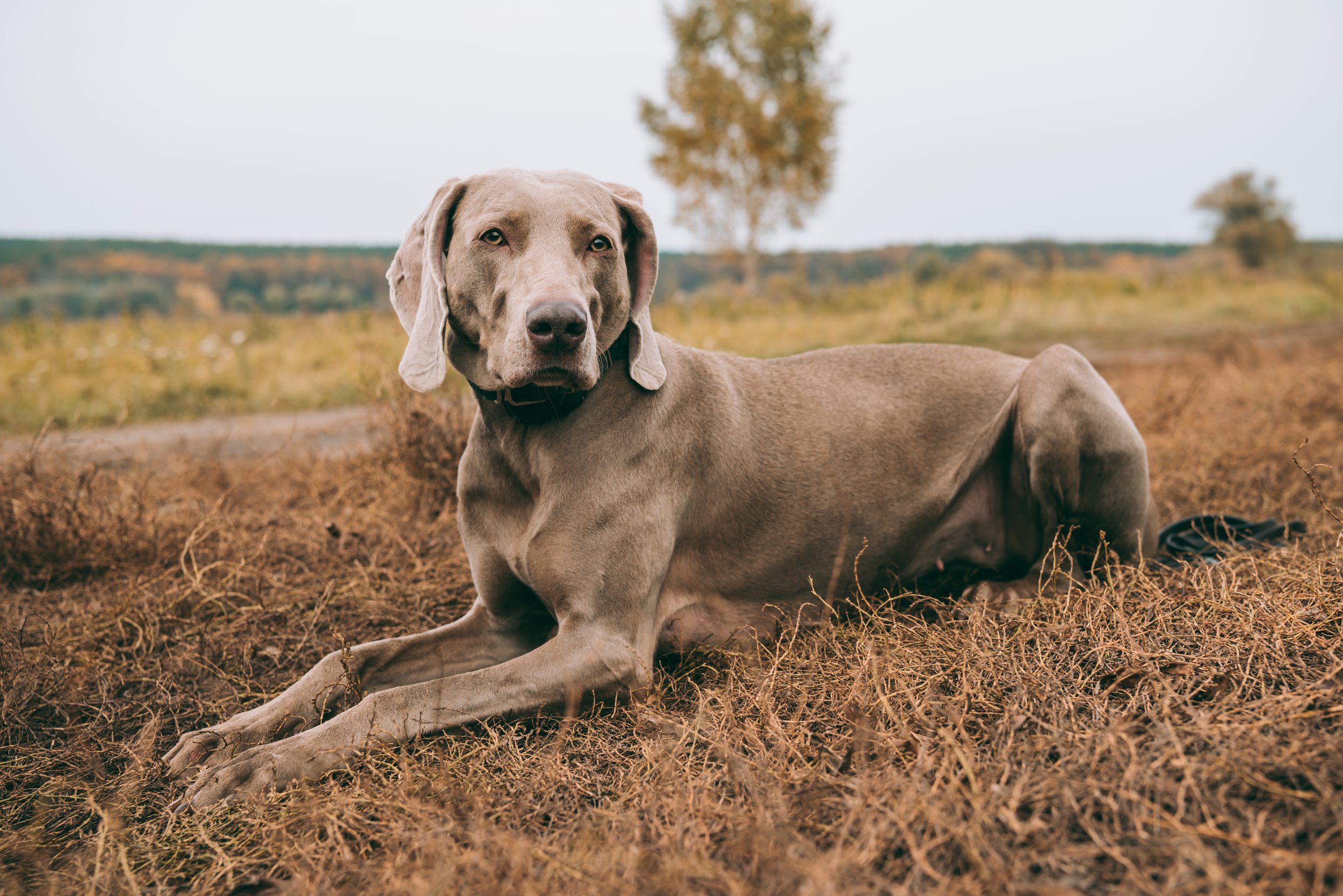Grooming Tips for Hunting Dogs
Maintaining the health and performance of a hunting dog is crucial, and grooming plays a significant role in this. Regular grooming not only keeps your hunting dogs looking sharp but also helps prevent issues that could hinder their field performance. This guide offers essential grooming tips for hunting dogs to ensure they stay in peak condition.
Why Grooming is Essential for Hunting Dogs
Proper grooming is vital for the overall health and performance of a dog for hunting. Regular grooming keeps your dog's coat clean and shiny, ensuring their well-being. Here are key reasons why grooming is essential:
Benefits of regular grooming:
· Prevents matting and tangles: Regular brushing and combing prevent matting and tangles, especially important for hunting dogs navigating dense vegetation.
· Controls shedding: Grooming removes loose hair, reducing shedding during hunting trips.
· Promotes healthy skin: Regular grooming stimulates blood flow to the skin and distributes natural oils, promoting a healthy, itch-free coat.
Improving field performance through grooming:
· Enhanced mobility: Trimming nails and keeping paw pads clean improves traction and mobility.
· Better visibility: Keeping facial hair around the eyes trimmed enhances visibility and reduces injury risk.
· Comfort and focus: A well-groomed hunting dog is more comfortable, helping them stay focused during hunts.
Essential grooming tools and products:
· Brushes and combs: Invest in high-quality tools suited for your dog's coat type.
· Shampoos and conditioners: Choose gentle, effective grooming products formulated for dogs. Avoid harsh chemicals.
· Nail clippers: Regularly trim nails to ensure comfort and prevent injuries.
Regular grooming not only keeps your hunting dog looking their best but also contributes to their overall performance and well-being. Make grooming a routine to ensure your dog's success and enjoyment during hunting trips.
Proper Coat Care for Hunting Dogs
Proper coat care is essential for your hunting dog's comfort and performance. Different coat types require specific grooming techniques to keep them in top shape:
Choosing the right grooming techniques:
· Short coats: Regular brushing with a bristle brush removes loose hair and keeps the coat shiny.
· Long coats: A combination of brushing and combing prevents tangles and matting.
Preventing matting and tangles:
· Brush regularly, paying attention to areas prone to tangling, such as behind the ears and under the armpits.
· Gently work out any mats with your fingers or a detangling spray.
Maintaining a healthy coat during hunting season:
· Bathe your dog regularly using a mild, dog-friendly shampoo.
· Thoroughly dry your dog's coat after bathing to prevent dampness and skin issues.
· Use a conditioner to keep the coat soft and moisturized.
By following these grooming tips for hunting dogs, you can ensure your hunting dog's coat remains in optimal condition, allowing them to perform at their best during hunting season. A well-groomed dog is a happy and healthy dog!
Keeping Your Hunting Dog's Ears and Eyes Clean
Proper ear and eye hygiene is crucial for maintaining your hunting dog's health. These dogs are exposed to elements that can cause ear and eye issues if not properly cared for. Regular cleaning and monitoring can prevent infections and discomfort.
Follow this step-by-step guide to keep your hunting dog's ears and eyes clean:
Cleaning your dog's ears:
1. Examine the ears for redness, swelling, discharge, or unpleasant odor. Consult your veterinarian if you notice abnormalities.
2. Use a vet-approved ear cleaning solution. Avoid cotton swabs or sharp objects. Soak a cotton ball or pad with the solution and gently wipe the visible parts of the inner ear. Do not insert anything into the ear canal.
Cleaning your dog's eyes:
1. Inspect the eyes for redness, swelling, discharge, or excessive tearing. Consult your veterinarian if you notice concerns.
2. Use a clean, damp cloth or vet-recommended eye cleaning solution. Gently wipe around the eye area, removing dirt or debris. Avoid touching the eye directly or applying excessive pressure.
Common issues include ear infections, ear mites, conjunctivitis, and corneal injuries. Seek professional advice if you notice persistent symptoms or changes in behavior.
Maintaining proper ear and eye hygiene is essential for your hunting dog's comfort, health, and field performance. By following these cleaning steps and staying vigilant, you can help ensure your hunting partner stays in top shape.
Nail Trimming and Paw Care for Hunting Dogs
Hunting dogs are essential companions known for their agility, endurance, and ability to navigate rugged terrains. Prioritizing nail trimming and paw care is crucial for their health and performance.
Proper nail trimming techniques:
· Use a high-quality dog nail trimmer designed for hunting dogs.
· Get your dog accustomed to the trimmer's sound and sensation.
· Gradually trim the nails, avoiding the sensitive quick. Apply styptic powder or cornstarch to stop any bleeding.
Maintaining paw health:
· Inspect paws regularly for cuts, cracks, or foreign objects.
· Trim hair around paws to prevent matting and reduce debris.
· Apply paw balm or wax for extra protection against rough terrains.
Preventing injuries in the field:
· Use protective boots designed for hunting dogs. They provide added traction, protection from sharp objects, and insulation from extreme weather.
By following these nail trimming and paw care tips, you can ensure your hunting dog remains healthy, comfortable, and ready for any adventure. A well-maintained dog is a vital part of a successful hunting experience.






















